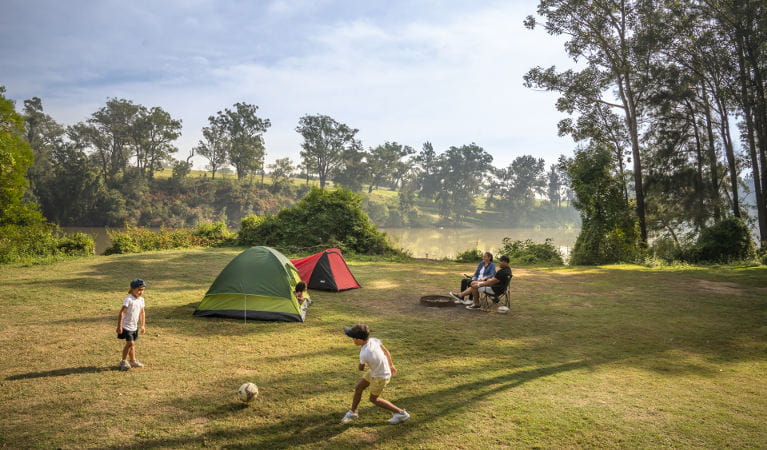moulddni0.com – Camping in national parks offers a unique opportunity to experience the beauty of nature and observe wildlife in their natural habitats. However, it’s essential to approach these encounters with respect, caution, and knowledge to ensure the safety of both humans and animals. Here’s a guide to help you navigate wildlife encounters while camping in national parks.
1. Research the Wildlife
Before your trip, take the time to research the wildlife you’re likely to encounter in the national park you’re visiting. Understanding the behavior, habitat, and diet of different species can help you recognize them and know how to respond if you come across them.
2. Follow Park Regulations
National parks have specific regulations in place to protect wildlife and ensure the safety of visitors. Familiarize yourself with these rules, which may include restrictions on feeding wildlife, approaching certain animals, or entering specific areas.
3. Store Food Properly
To prevent attracting wildlife to your campsite, store food and trash properly. Use bear-proof containers or lockers provided by the park, and keep your cooking area clean. Never leave food unattended, and always store it in a secure location away from your tent.
4. Keep a Safe Distance
Maintain a safe distance from wildlife. Use binoculars or a telephoto lens on your camera to observe animals without getting too close. This not only protects you but also prevents human interaction from altering the animals’ natural behaviors.
5. Be Bear Aware
If you’re camping in an area with bears, take extra precautions. Make noise while hiking to avoid surprising bears, and carry bear spray as a deterrent. Know how to use it and be prepared to act if you encounter a bear.
6. Respect Wildlife Habitats
Avoid disturbing wildlife in their natural habitats. Stay on designated trails and avoid areas marked as wildlife sanctuaries or nesting sites. Be especially cautious during breeding seasons or when young animals are present.
7. Educate Your Group
Make sure everyone in your camping group understands how to behave around wildlife. Children should be supervised at all times, and everyone should know what to do in case of an unexpected encounter.
8. Report Wildlife Emergencies
If you witness a wildlife emergency or an animal in distress, report it to park authorities immediately. Do not attempt to intervene yourself, as this can put both you and the animal at risk.
9. Leave No Trace
Practice Leave No Trace principles to minimize your impact on the environment and wildlife. Dispose of waste properly, avoid disturbing natural features, and respect wildlife by leaving them undisturbed.
10. Enjoy the Experience
Wildlife encounters can be a highlight of your camping trip. Take the time to observe and appreciate the animals from a distance, and capture the moment with photos or sketches rather than trying to get too close.
By following these guidelines, you can ensure that your wildlife encounters while camping in national parks are safe, respectful, and memorable. Remember, the goal is to coexist with nature, not to dominate it. Enjoy the beauty of the wild, and leave it as you found it for future generations to experience.
